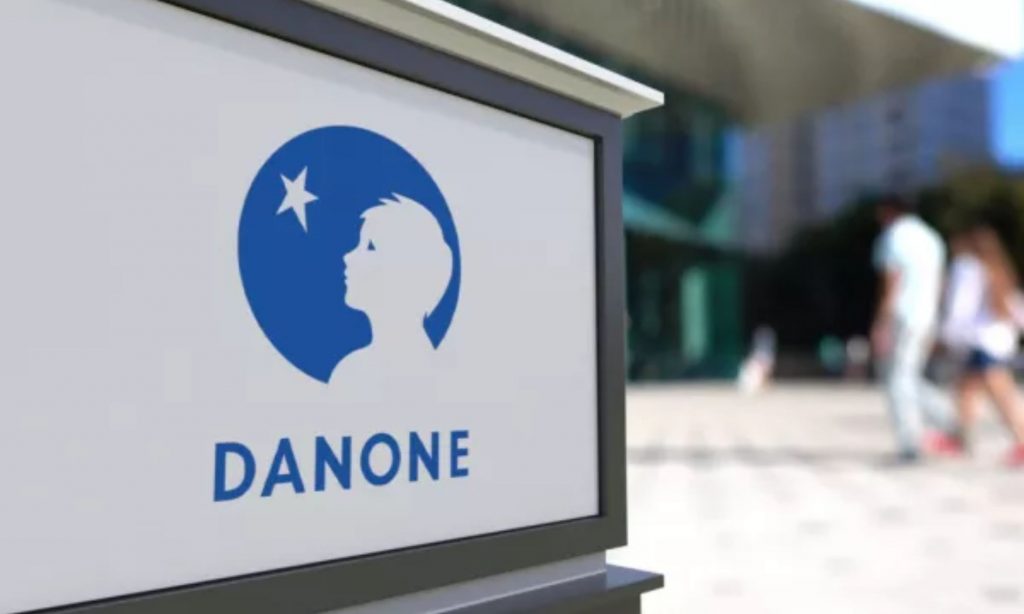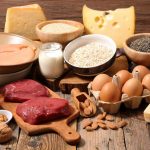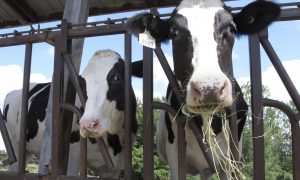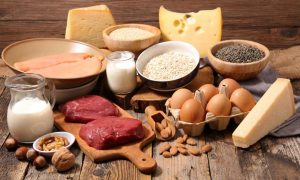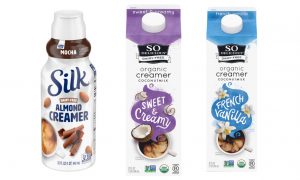
Danone aims to cut methane emissions from its fresh milk supply chain by almost one-third over the next seven years, becoming the first major food company to set targets in line with a pledge by 150 countries to reduce emissions of the greenhouse gas from cows’ burps.
The Activia maker said steps including better management of dairy herds, manure and feed additives will help it meet the Global Methane Pledge — a collective commitment to cut emissions of the greenhouse gas 30% by 2030. It was launched at COP26 in 2021 and has since been signed by 150 countries.
Methane is a super-potent greenhouse gas. Ton for ton its impact is 80 times that of carbon dioxide in the short term. That means cutting methane emissions is one of the fastest ways to tackle climate change, with reduction in methane emissions delivering a quicker reduction to the rate at which the planet is heating.
However, reducing methane emissions from the agricultural sector is much harder than tackling it in the oil and gas sector. The UN Environment Programme estimates agriculture and livestock represents around 40% of human-caused methane emissions. Danone says dairy accounts for about 8% of human-cause methane emissions.
The sources of methane in the dairy industry are much more distributed among smallholdings and farmers who typically don’t have the resources to address these emissions.
Danone, which makes dairy products like yogurt and kefir, will focus on three ways to reduce methane starting with ensuring farmers take better care of cows, said Chris Adamo, vice president of regenerative agriculture policy at Danone. A well-managed and healthy herd can result in lower emissions per liter of milk and improve farmers’ livelihoods through better efficiency, he said.
The French dairy group wants to manage manure better too and has projects in Belgium, Spain and the US where waste is converted into renewable biogas to stop it fermenting and emitting more methane.
Altering cow feed so that it leads to less burping can also reduce emissions. Danone helped in a pilot study in Belgium of a food additive called Bovaer, created by Royal DSM, finding it could reduce methane emissions by 18%. Danone’s venture arm has also invested in Symbrosia, a company that is looking into seaweed as a food additive to reduce methane emissions.
Milk’s Future
Danone expects to remove 1.2 million tons carbon dioxide equivalent of methane emissions by 2030 compared to 2020. The French group said it’s already reduced its methane emissions by around 14% between 2018 and 2020.
With so many small-scale dairy farmers, measuring emissions across an entire supply chain is challenging. Yet failing to meet methane reduction goals is a massive threat to the dairy industry, especially as plant-based dairy substitutes are rising in popularity, and regulatory oversight is increasing.
New Zealand, the largest dairy exporter, will begin taxing agricultural emissions by 2025. Irish farmers are expected to cut emissions by a quarter before 2030. Denmark wants its farming and forestry sectors to cut emissions as much as 65%. Danone declined to say whether it will cut the milk it uses to reach the target. Adamo said the pledge is about making sure cow’s milk has a future.
“It’s an incredibly important nutrient dense option that’s accessible for a lot of people at a reasonable price point. And so this is about us helping preserve that option into the future,” Adamo said.
